#bug animated
Explore tagged Tumblr posts
Text
blehhh...

i made an aa/lawyersona of @snapscube :3 we all know and love the lawyer+silly girl duos of ace attorney but it's about time the silly girl became the lawyer


#that animation kicked my ass#SUPER fun though. i love ace attorney sprite work#i want to make my own aa ocs now...#but n e wayz hi olivia if youre seeing this i hope u have SO much fun with the rest of the games :]#i Will be keeping up with the aa liveblogging it helps keep me insane about ace attorney#bug art#snapcube#ace attorney#bug animated
15K notes
·
View notes
Text

30K notes
·
View notes
Text
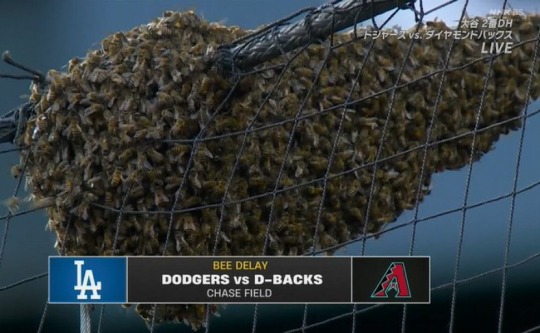

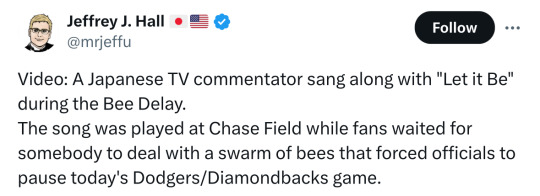
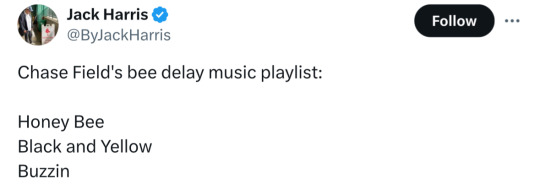


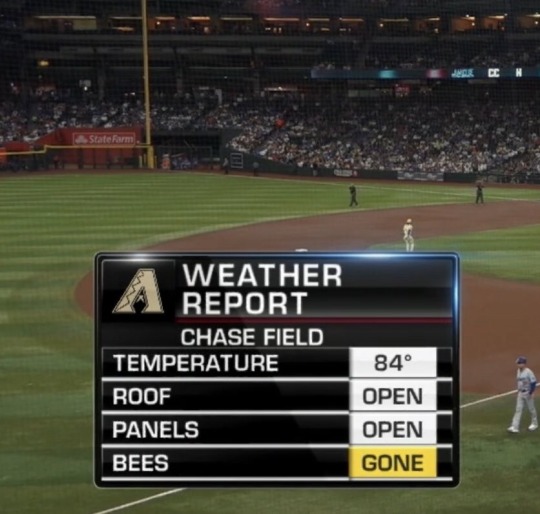
and this is why baseball is the best sport (see also: these baseball sidequests)
#baseball#los angeles dodgers#arizona diamondbacks#bees#naturecore#animals#twitter#mlb#sports#insects#bugs#cats of tumblr#insects of tumblr
62K notes
·
View notes
Text


antlered flutter flies (toxonevra superba) | this_mama_fetz on ig
#stim#insects#bugs#nature#sfw#green#brown#black#white#antlered flutter flies#toxonevra superba#flies#animals#leaves#wings#ishy gifs#postish
40K notes
·
View notes
Text

Uncaring
#original art#schoolwork#comic#cartoon#bugs tw#house centipede#goes for other bugs and animals too tbh#snake's art#Maybe it's ironic that I think everything has something pleasing about it if you look hard enough#For house centipedes it's their silly little faces
70K notes
·
View notes
Text
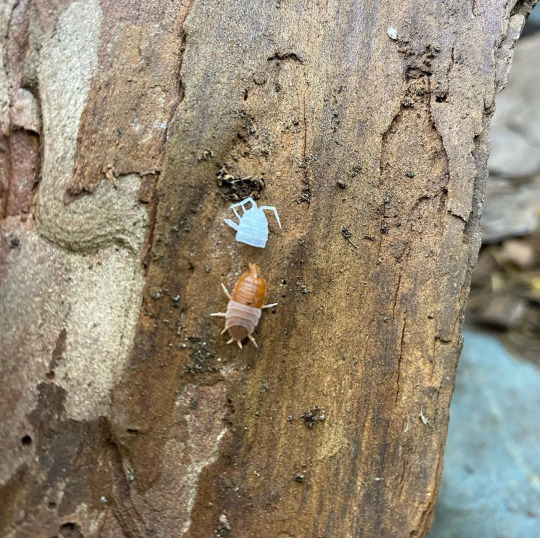
forgor his pants. how embarrassing
#isopods#isoposting#isopod#crustacean#nature#animals#bugs#bug#insects#insect#science#molting#funny#memes
56K notes
·
View notes
Text





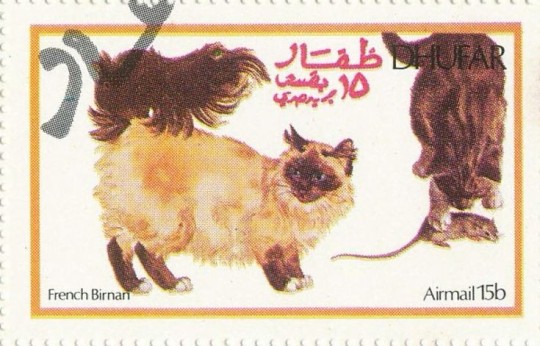
#bugs#postcard#summer#aesthetic#stickers#animals#girl blogger#collage#art#board#letters#stamp#pinterest#moodboard#layout#icons#girly
27K notes
·
View notes
Text

17K notes
·
View notes
Text

The third one looks cool
#european field cricket#cricket#bug#insect#arthropod#hello sports fans who are seeing this for some reason the joke is that i am an animal blog#not photoshopped btw bing is just like that
23K notes
·
View notes
Text

Another big bug from the BOXED series - you can a print or sticker of it in my INPRINT store - check it here!
13K notes
·
View notes
Photo


Absolute unit of a robber fly found by eldoia87 on Reddit (posted with permission)
This beauty is a Beelzebub bee-eater, Mallophora leschenaulti
Found primarily in Texas and Mexico
#animals#curators on tumblr#insects#bugs#fly#diptera#robber fly#bee killer#beelzebub bee eater#one nice bug
10K notes
·
View notes
Text


mobbypoo
#bug art#mp100#mob psycho 100#shigeo kageyama#i need an animation tag i think#bug animated#EXPRESS YOUR SELF BOY .
3K notes
·
View notes
Text


Millipede under UV light. Many species of arthropods fluoresce, or glow, under ultraviolet light due to due to fluorescent compounds in their exoskeletons. At least one millipede genus, motyxia, is actually bioluminescent, meaning it can produce light on its own.
🐛 b.seahphotography on IG
#millipede#bugs#ultraviolet#uv#blue#black#glow in the dark#glowcore#stim#owl post#animal stim#nature#arthropods#creepy crawlies#it's pretty but keep it away from me#trivia#biology#science
10K notes
·
View notes
Text
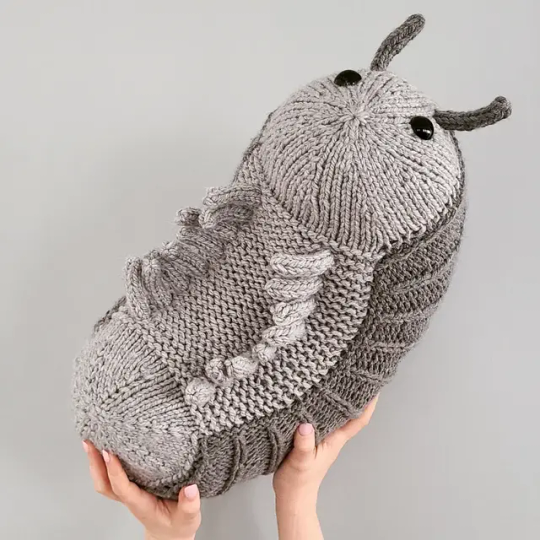
First time posting my knitting to tumblr. Look at my Bug Son
#knitting#amigurumi#knitters of tumblr#hand knitted#pill bug#isopods#stuffed animals#my knitting#1k#5k#10k#50k
89K notes
·
View notes
Text

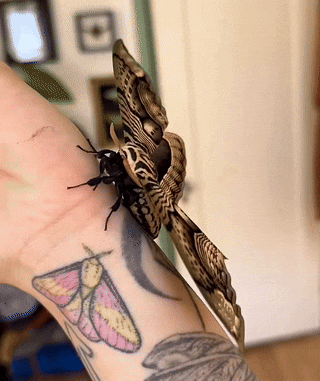
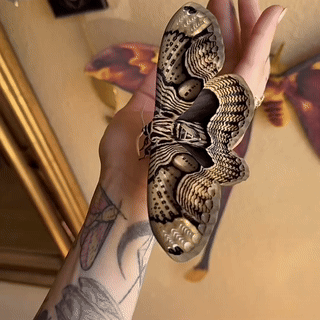

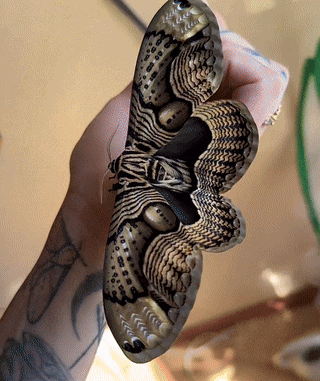
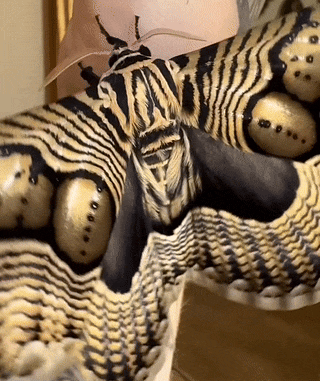
hearsey's owl moth (brahmaea hearseyi) | ofmoth_andflame on ig
#stim#moths#insects#bugs#sfw#brown#black#tan#white#my GOD look at this moth#it looks like a dang plushie#wings#animals#hearsey's owl moth#brahmaea hearseyi#hands#long nails#ishy gifs#postish
28K notes
·
View notes
Text
Yellowjacket-Mimicking Moth: this is just a harmless moth that mimics the appearance and behavior of a yellowjacket/wasp; its disguise is so convincing that it can even fool actual wasps

This species (Myrmecopsis polistes) may be one of the most impressive wasp-mimics in the world. The moth's narrow waist, teardrop-shaped abdomen, black-and-yellow patterning, transparent wings, smooth appearance, and folded wing position all mimic the features of a wasp. Unlike an actual wasp, however, it does not have any mandibles or biting/chewing mouthparts, because it's equipped with a proboscis instead, and it has noticeably "feathery" antennae.
There are many moths that use hymenopteran mimicry (the mimicry of bees, wasps, yellowjackets, hornets, and/or bumblebees, in particular) as a way to deter predators, and those mimics are often incredibly convincing. Myrmecopsis polistes is one of the best examples, but there are several other moths that have also mastered this form of mimicry.

Above: Pseudosphex laticincta, another moth species that mimics a yellowjacket
These disguises often involve more than just a physical resemblance; in many cases, the moths also engage in behavioral and/or acoustic mimicry, meaning that they can mimic the sounds and behaviors of their hymenopteran models. In some cases, the resemblance is so convincing that it even fools actual wasps/yellowjackets.

Above: Pseudosphex laticincta
Such a detailed and intricate disguise is unusual even among mimics. Researchers believe that it developed partly as a way for the moth to trick actual wasps into treating it like one of their own. Wasps frequently prey upon moths, but they are innately non-aggressive toward their own fellow nest-mates, which are identified by sight -- so if the moth can convincingly impersonate one of those nest-mates, then it can avoid being eaten by wasps.

Above: Pseudosphex laticincta
I gave an overview of the moths that mimic bees, wasps, yellowjackets, hornets, and bumblebees in one of my previous posts, but I felt that these two species (Myrmecopsis polistes and Pseudosphex laticincta) deserved to have their own dedicated post, because these are two of the most convincing mimics I have ever seen.

Above: Pseudosphex sp.
I think that moths in general are probably the most talented mimics in the natural world. They have so many intricate, unique disguises, and they often combine visual, behavioral, and acoustic forms of mimicry in order to produce an uncanny resemblance.
Several of these incredible mimics have already been featured on my blog: moths that mimic jumping spiders, a moth that mimics a broken birch twig, a moth caterpillar that can mimic a snake, a moth that disguises itself as two flies feeding on a pile of bird droppings, a moth that mimics a dried-up leaf, a moth that can mimic a cuckoo bee, and a moth that mimics the leaves of a poplar tree.
Moths are just so much more interesting than people generally realize.
Sources & More Info:
Journal of Ecology and Evolution: A Hypothesis to Explain Accuracy of Wasp Resemblances
Entomology Today: In Enemy Garb: A New Explanation for Wasp Mimicry
iNaturalist: Myrmecopsis polistes and Pseudosphex laticincta
Transactions of the Entomological Society of London: A Few Observations on Mimicry
#entomology#arthropods#lepidoptera#yellowjacket-mimicking moth#wasp-moth#clearwing moths#animal camouflage#myrmecopsis polistes#pseudosphex laticincta#pseudosphex aequalis#moths#insects#bugs#mimicry#evolution#hymenopteran mimics#defense mechanisms#animal facts#wasps#yellowjackets#moths are amazing#and wildly underrated
11K notes
·
View notes